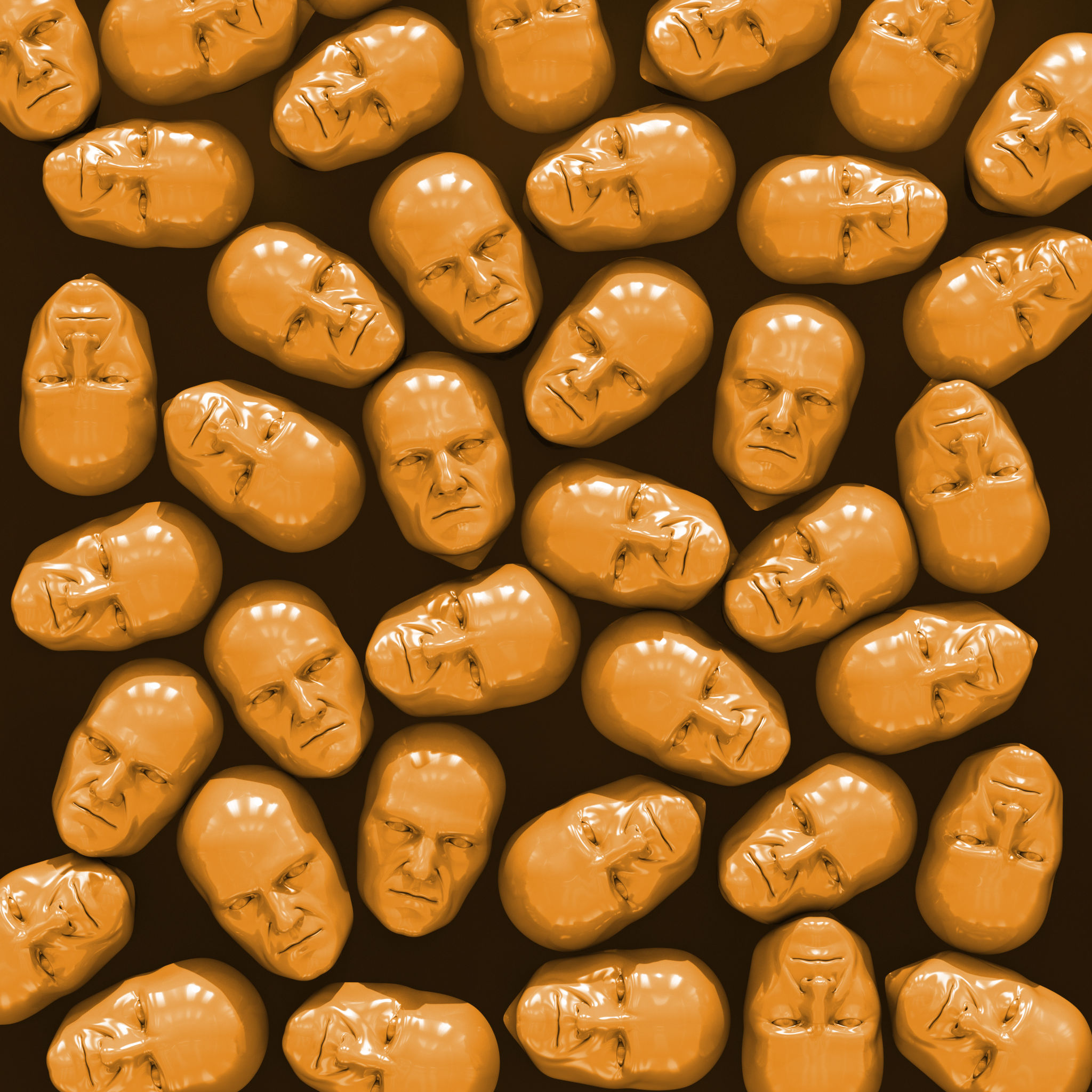The Latest Trends in Hair Transplant Technology and Techniques
Introduction to Hair Transplant Innovations
Hair transplant technology has evolved significantly over the past few years, offering more effective and less invasive solutions for individuals experiencing hair loss. With advancements in both techniques and tools, patients can now achieve more natural-looking results with minimal downtime. In this post, we'll explore some of the latest trends that are shaping the future of hair restoration.

Follicular Unit Extraction (FUE)
One of the most popular techniques in modern hair transplantation is Follicular Unit Extraction (FUE). This method involves extracting individual hair follicles from the donor area and implanting them into the thinning or balding areas. The precision of FUE allows for a natural hairline and minimizes scarring, making it a preferred choice for many patients.
Robotic Assistance in FUE
Robotic technology has enhanced the FUE process by increasing accuracy and reducing procedure time. Robots can assist surgeons in identifying and extracting the best-quality follicles, ensuring optimal growth and density. This technological integration has refined the art of hair transplantation, bringing about a new era of precision in hair restoration.

Platelet-Rich Plasma (PRP) Therapy
An increasingly popular adjunct to hair transplantation is Platelet-Rich Plasma (PRP) therapy. PRP involves using the patient's own blood, processed to concentrate platelets that are rich in growth factors. These growth factors are then injected into the scalp to stimulate follicle activity and promote faster healing and growth.
Benefits of PRP in Hair Restoration
The use of PRP has been shown to enhance the success rate of hair transplants by accelerating the healing process and improving graft survival. Additionally, PRP can be used as a standalone treatment for individuals in the early stages of hair loss, making it a versatile tool in combating thinning hair.

Advanced Hairline Design
Another trend in hair transplant technology is the emphasis on advanced hairline design. Surgeons are now employing digital imaging and 3D modeling to customize hairlines that complement individual facial features and aesthetic preferences. This personalized approach ensures that results are not only effective but also blend seamlessly with the natural hair structure.
The Role of AI in Hairline Design
Artificial Intelligence (AI) is beginning to play a role in designing hairlines by analyzing facial symmetry and predicting future hair loss patterns. AI-driven software can help surgeons plan transplants with unparalleled accuracy, providing patients with results that look naturally thick and full.
Conclusion
The field of hair transplantation is rapidly evolving, with innovative techniques and technologies transforming how procedures are performed. From robotic FUE to PRP therapy and AI-assisted hairline design, these advancements are making hair restoration more accessible, effective, and visually appealing. As technology continues to progress, we can expect even more breakthroughs that will further improve outcomes for those seeking to regain their confidence through a fuller head of hair.
